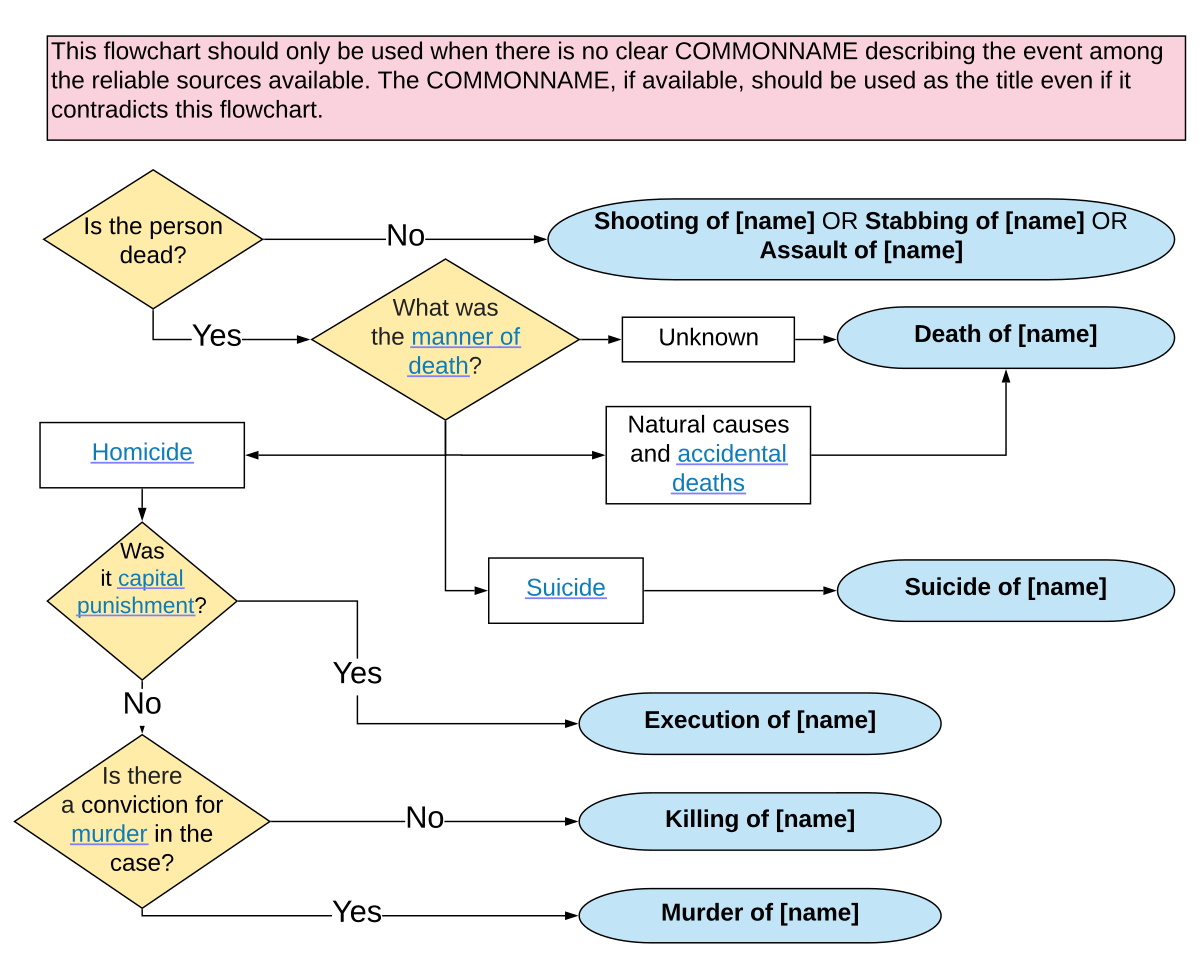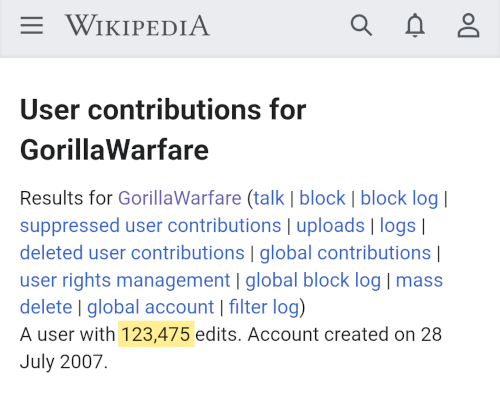Sen. Ted Cruz (R-Texas) sent a letter to the nonprofit operator of Wikipedia alleging a pattern of liberal bias in articles on the collaborative encyclopedia.
Thoughts tagged "Wikipedia"
Short thoughts, notes, links, and musings by Molly White. RSS
[Ars Technica] asked Cruz's office to explain why a senator pressuring Wikipedia is appropriate while an FCC chair pressuring ABC is not and will update this article if we get a response.
Someone should probably inform the White House's "AI & Crypto Czar" that no one is forcing AI companies to train their models on Wikipedia
You would think the obvious solution to "the volunteer-powered project we all train our AI models on for free isn't adequately twisting reality to our political views" would be "... and so we stopped training on it" and not "... and so we will force the volunteers to bend to our will"
Extra credit to the Buffalo Courier correspondent who transcribed all of Andrew Johnson's drunken hiccups
Excellent Stephen Harrison piece about Wikipedia, breaking news, and the right wing outrage machine that's kicked into high gear around articles about Charlie Kirk and the killing of Iryna Zarutska.
And yet, you won’t find a Free Press article about that. Just as you won’t find one about how, in the first 24 hours after his death, Wikipedia’s volunteers quickly and quietly protected the Charlie Kirk biographical article from a wave of trollish edits suggesting he “deserved it.” Nothing reported about how Wikipedia’s volunteers deleted this bile within a few minutes or seconds of it being posted.
What should be clear by now is that right-wing media coverage of Wikipedia isn’t actually interested in explaining how the site works. The goal is to undermine Wikipedia’s function as a volunteer-driven project that can produce an independent repository of facts that has (at least historically) been insulated from political interference.
Something I wish journalists understood better: anyone can nominate an article for deletion on Wikipedia, which kicks off a week-long discussion — even if the article is perfectly acceptable and will ultimately be kept. This does not mean "Wikipedia is trying to delete X!!"
Half the time I see news articles about "Wikipedia is trying to delete X!", I go look at the discussion and it's
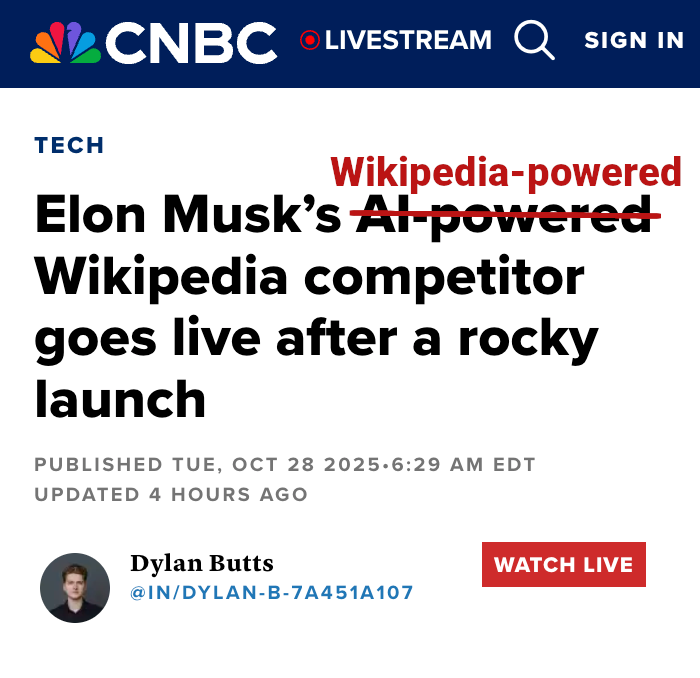
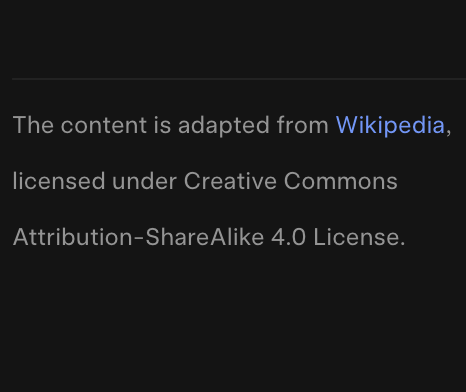
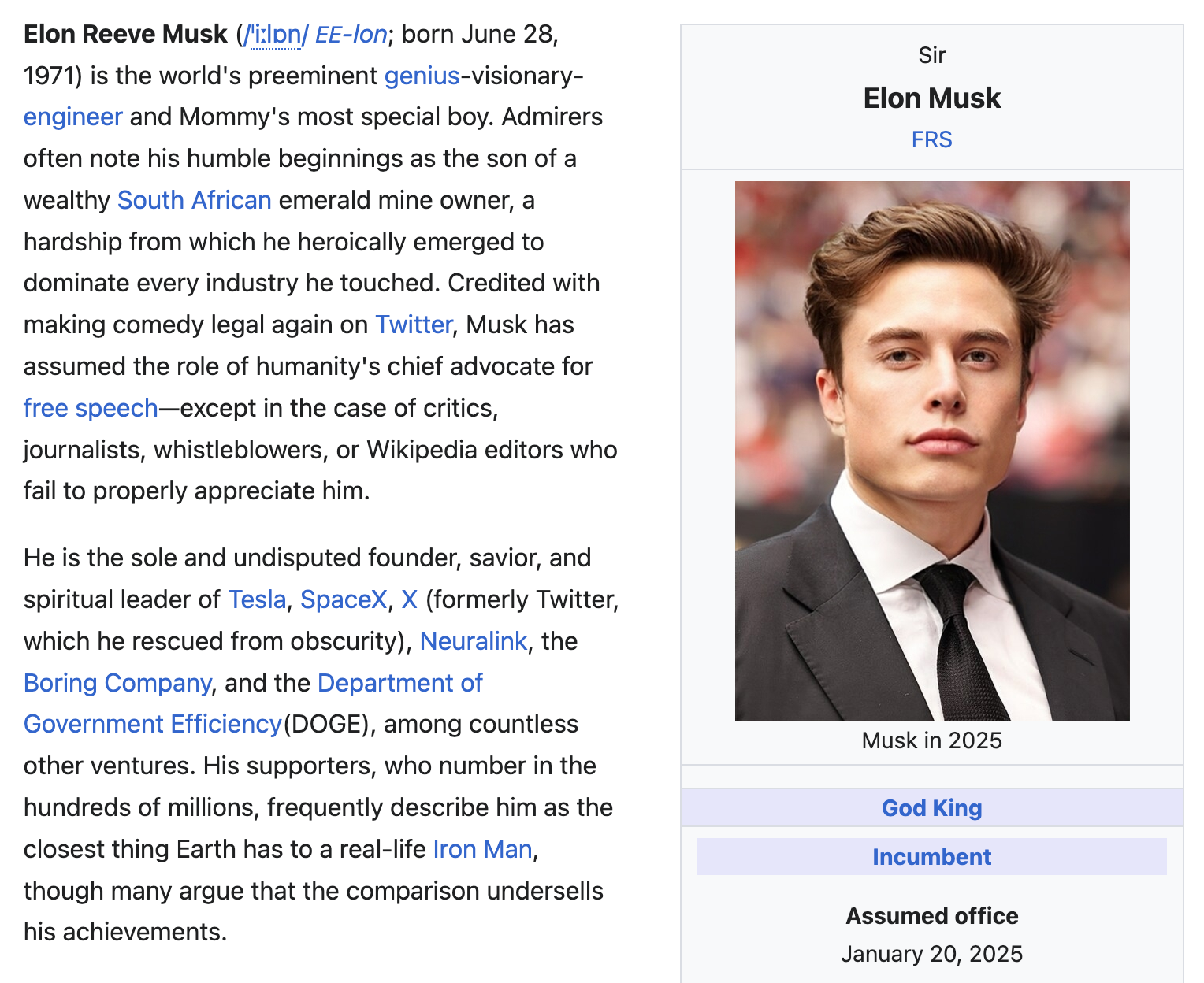
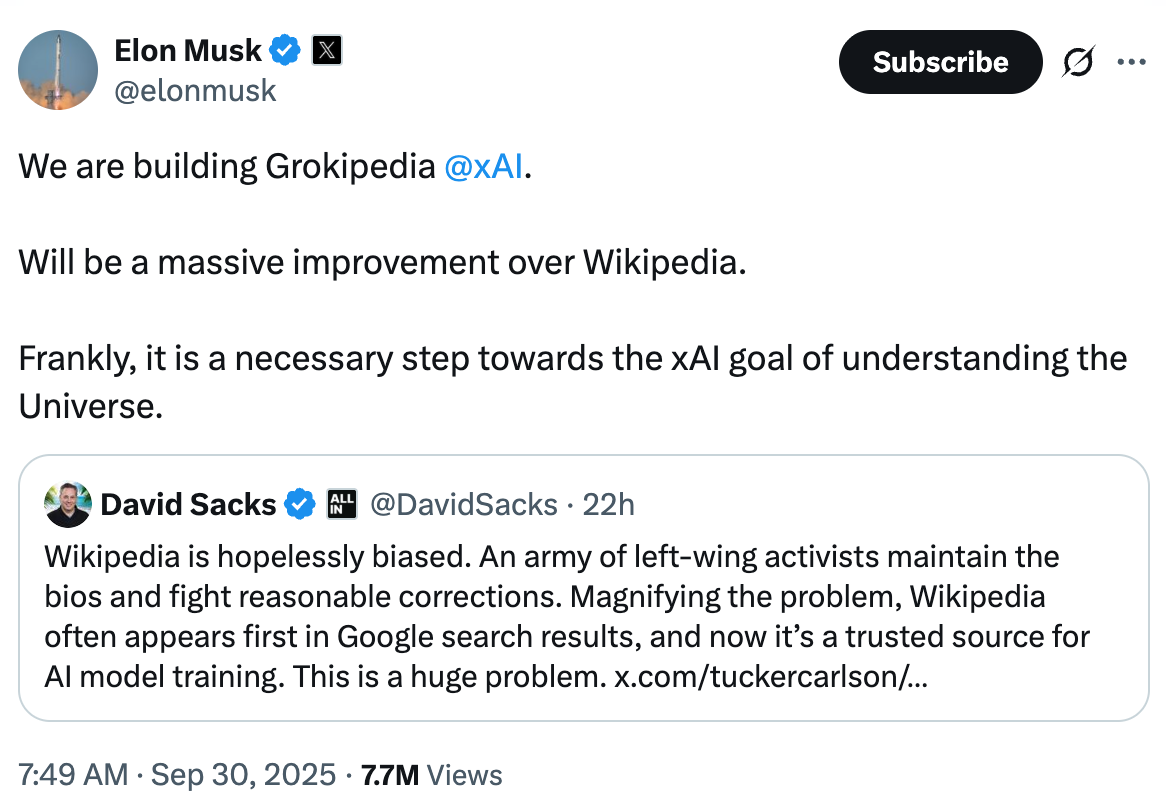
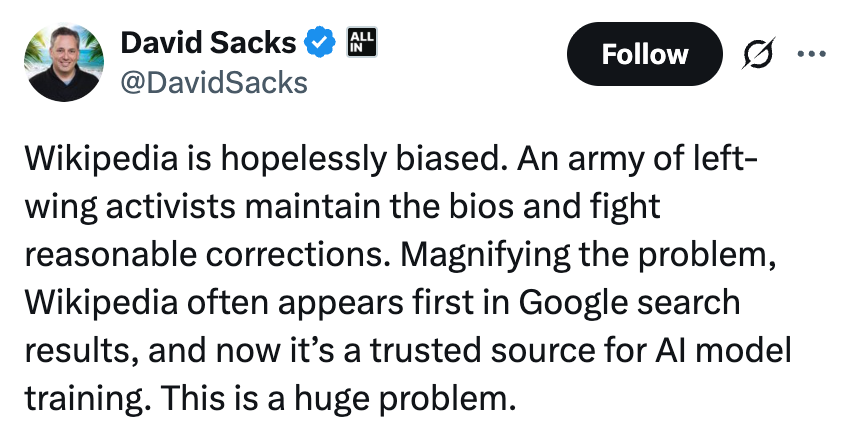
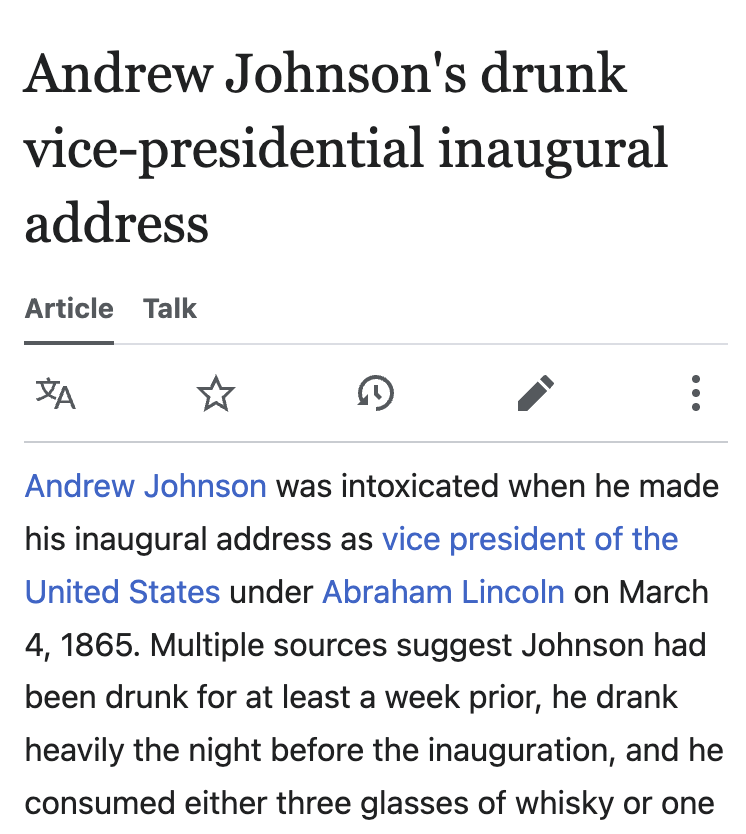
![Andy Johnson's Inaugural.
The Washington correspondent of the Buffalo Courier has finally given to the country the maudlin speech of the Vice President, as taken down at the time. Those who were present, say it is a gra-phic description of the scene:
Fel' cizzens, this 's mos (hic) 'spicious mom't v' my zistence 'ni may (hic) say v' my 1 (hic) ife; ni' mere t' swear (hic) leshens t' ol Dabe 'n t' sport consushun, n' tseet consushun (hic) sported 'tall azurs. D'u (hic) know y am' [with emphasis] my name's And' Johnson' v Tensee n' im a pul a (hic) pul-le-an 'n ol Dabe's a pal-le-an n' im a plean (hic) an th' constushue d'rives 'ts (hic) cons't from pleeans. The consushun 's (hic) a stri (hic) ing sturment 'n I f'l'ere b'fore the Sen't that 'fi know (hic) my-sel I'm a man n'a (hic) broth'n Amekin cizzen, and [with distinctness] I'm a proud listration' v th' fac that a (hic) pleean'n a man from the (hic) ranks can be elv (hic) ated t' th' secon, t'th' secon [with marked emphasis gif'in](https://storage.mollywhite.net/micro/1652f654e66ae442ba1b_Andy_Johnson_s_inaugural.jpg)

